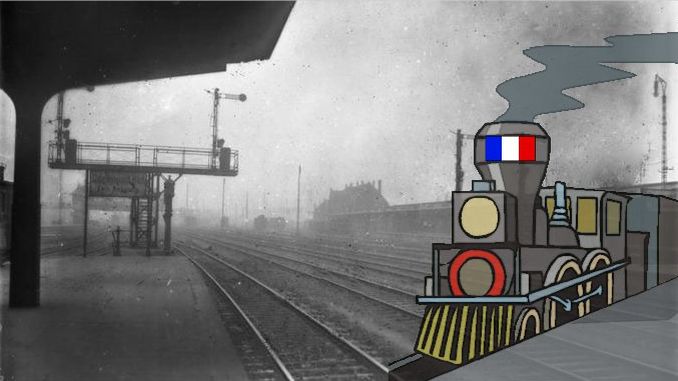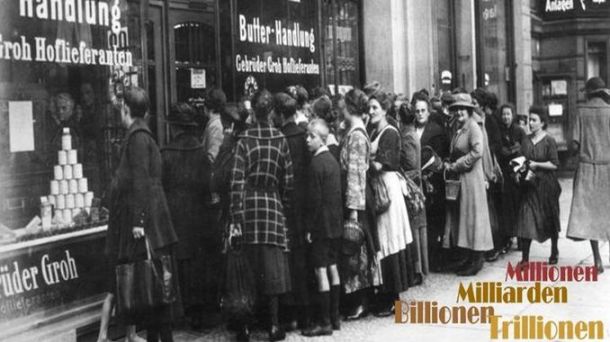
Year of Crisis 1923
According to the Treaty of Versailles, Germany had to pay large-scale reparations. At the end of 1922, Germany was late with reparation payments.
Ruhr Occupation 1923
The French Premier Raymond Poincaré ordered French and Belgian troops, 60,000 to 100,000 men, to occupy the Ruhr Area and thereby control Germany’s center of coal, iron and steel production. The German Government called for passive resistance. That is to say, people would not fulfill orders from the occupying forces, general strikes paralyzed industry, administration and transportation, and also branches of industry depending on the Ruhr Area came to a standstill. Against all appeals, also acts of sabotage and attacks on the occupying forces occurred. More than 100 people lost their lives.
Tensions aggravate
With the occupation of the Ruhr Area, also in the occupied Rhineland tensions between the French troops and the locals aggravated, in Bonn about 350 people were exiled. At the end of February / beginning of March, the French took over the American area of control. On February 25, 1923, French troops occupied Königswinter. Many exiled young men living from “Ruhr area subsidy” joined separatist groups.
Eventually, the passive resistance turned out to be a loss-making deal for the Poincaré administration. On the other hand, it almost ruined the German economy and demanded great sacrifices. About 150,000 people were punished or even exiled; about two million people had no more income. The benefits paid to those families swallowed enormous sums that the crisis ridden young Weimar Republic could not raise.
The Government did not know any other way then to print more money. Also states, cities, and even companies printed money. The more money circulated, the less it was worth, and the already existing inflation got out of control, eventually prices would raise several times a day.

Hyperinflation
In September 1923, the value of the Goldmark had fallen into a bottomless abyss and economy had collapsed. It was irresponsible to continue the passive resistance, although it was an unpopular decision. On September 1923, the new chancellor Dr. Gustav Stresemann called an end to the passive resistance and imposed emergency rule on the whole country. In this desperate situation, the Government in Berlin thought about separating the Rhineland, at least for a while, from Germany, and turning over responsibility to the occupying forces.
Hitler’s beer hall putsch
By 1923, Bavaria was a stronghold of the right-wing extremists. On November 9, 1923, Adolf Hitler, head of the National Socialist German Workers’ (Nazi) Party, led a coup in a Munich beer hall. It failed, Hitler was arrested and condemned to five years in prison, but he was released already at the end of 1924. In the few months in prison, he wrote “Mein Kampf” (My Struggle).
November 1923. The Stresemann administration introduced a new currency, the Rentenmark, later Reichsmark, and drastically cut down expenses and raised taxes. And yet, the stability of the currency was the first ray of hope at the end of the year of crisis 1923.

Be the first to comment